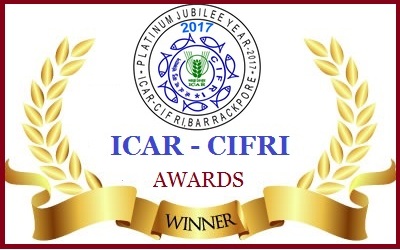Overview
Publications
Recruitment
Intranet
CIFRI Corners'
ICAR-CIFRI, Barrackpore, executed a four-day monsoon sampling and monitoring operation along the middle stretches of the Ganga River in Buxar and Patna from September 20 to 23, 2025, under the NMCG (phase III) project. The study sought to evaluate the river's biological health during the high-flow monsoon season, a critical period affecting river dynamics and fishing resources.
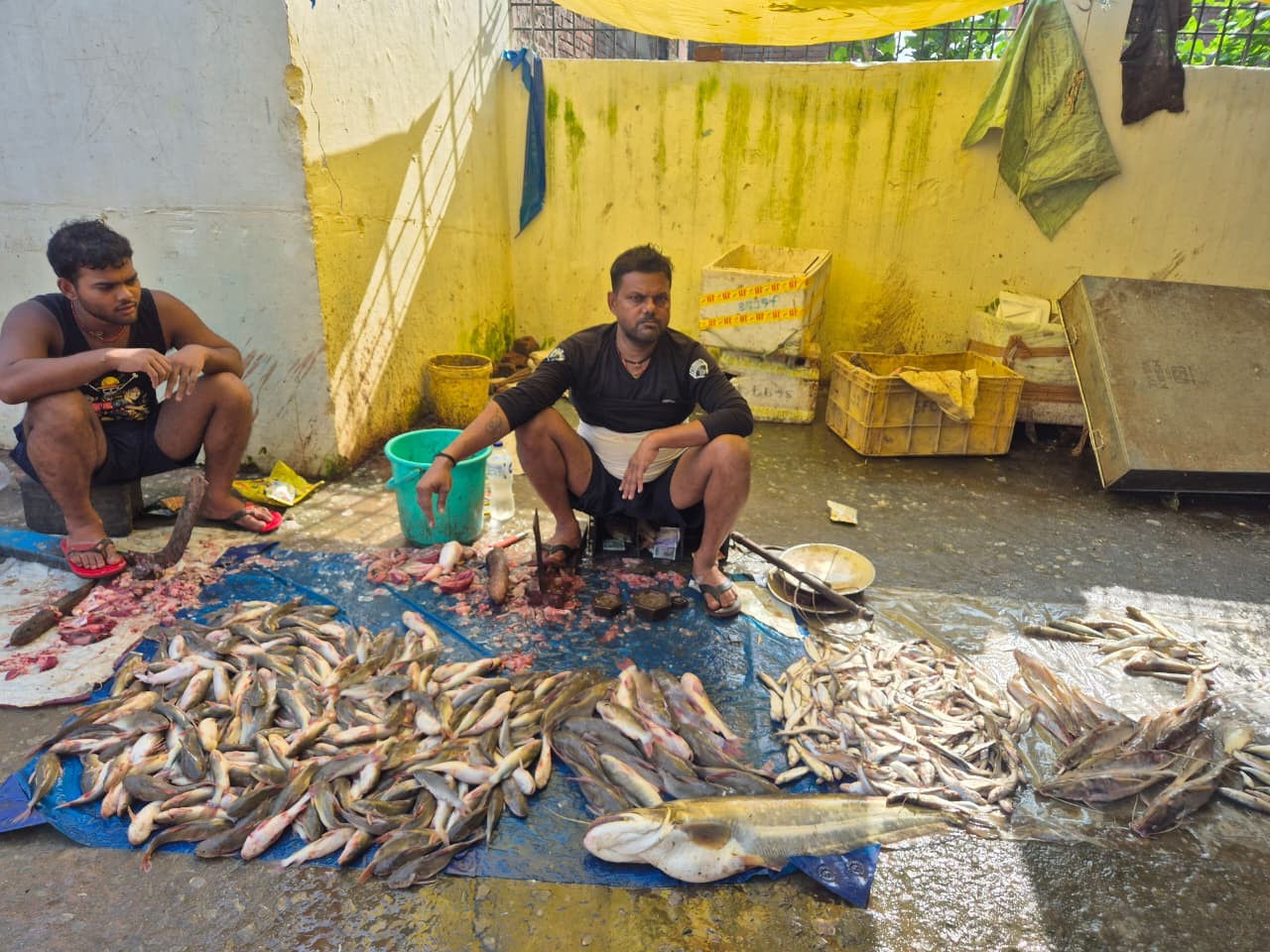
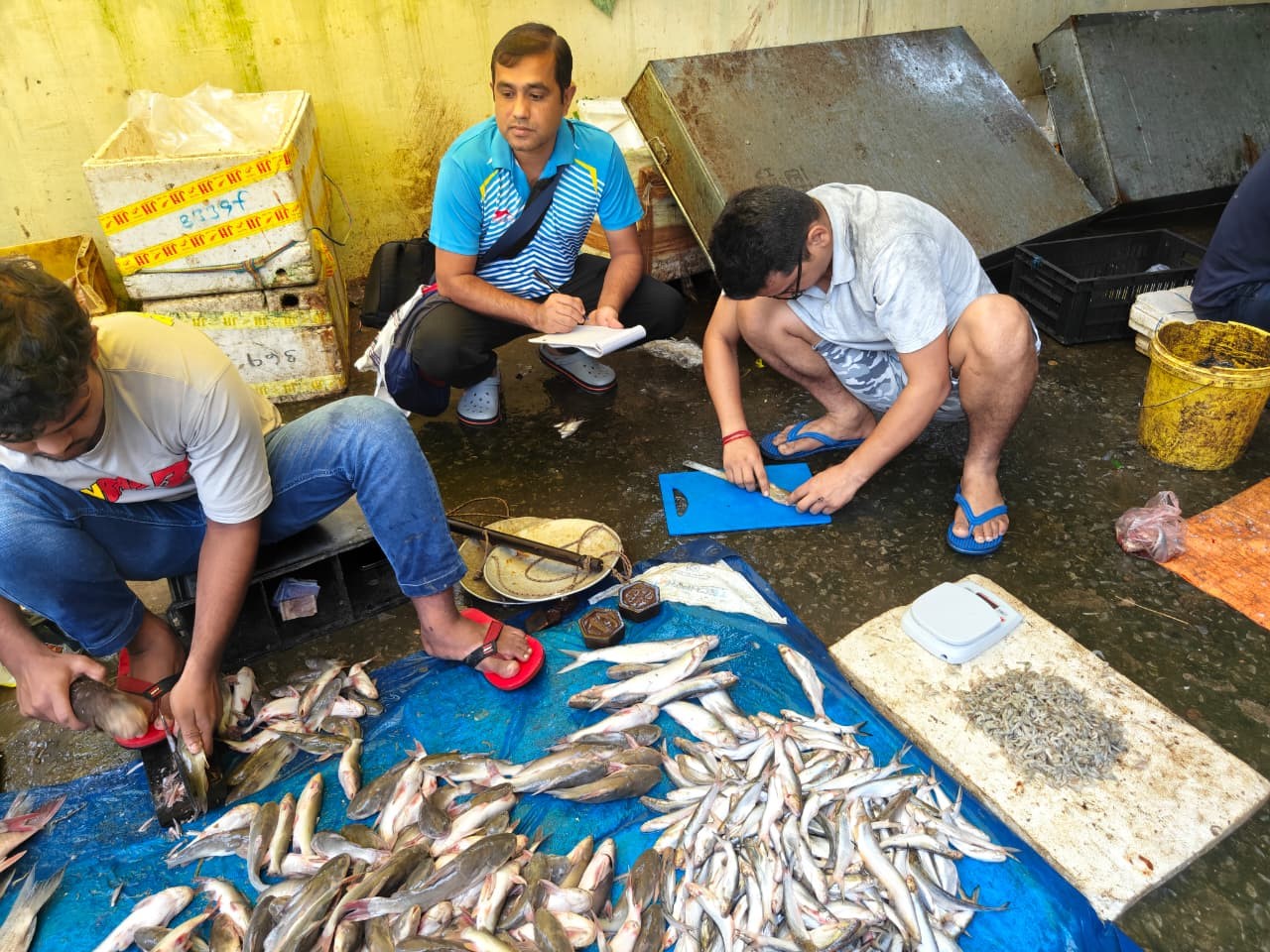
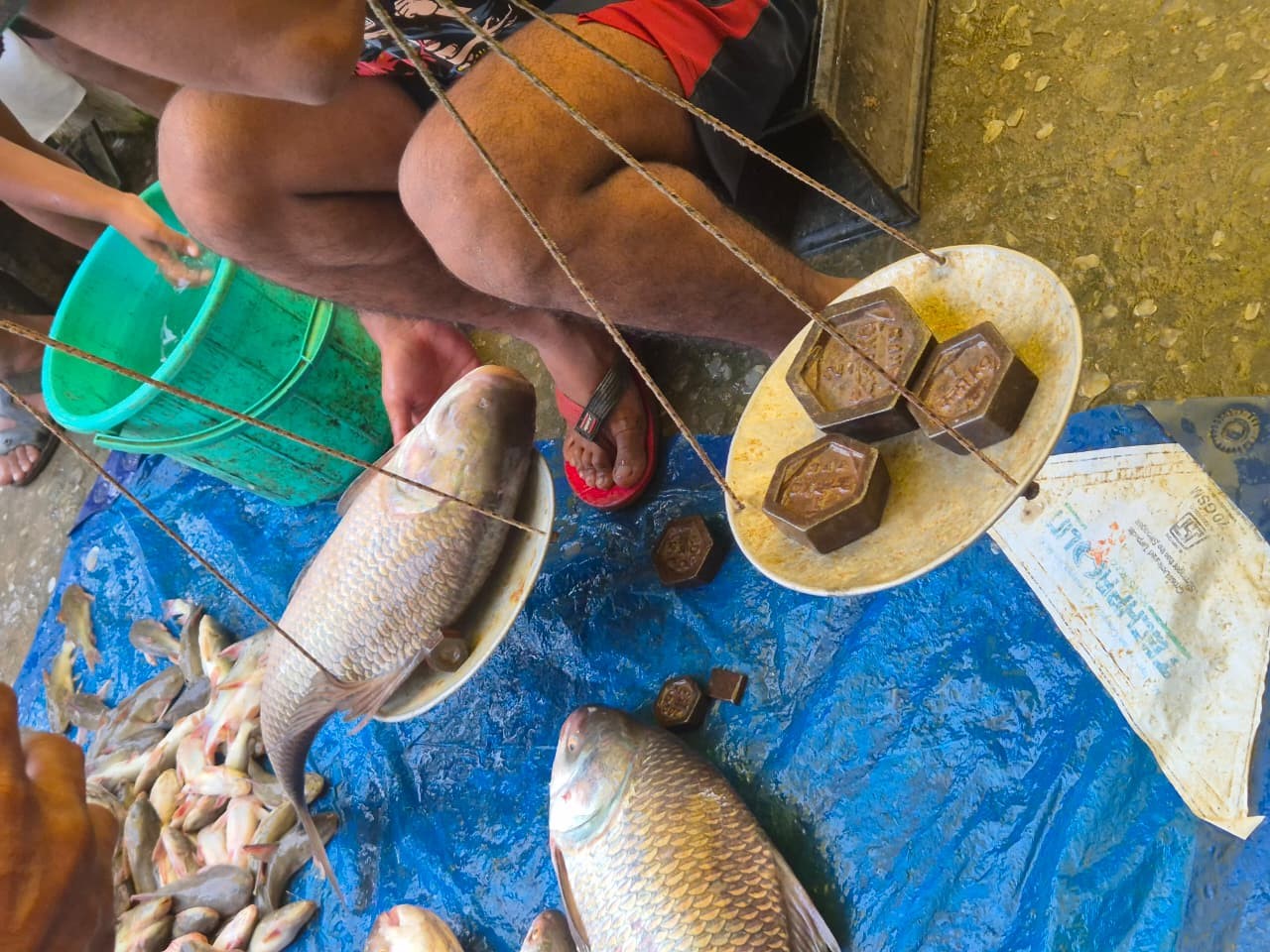
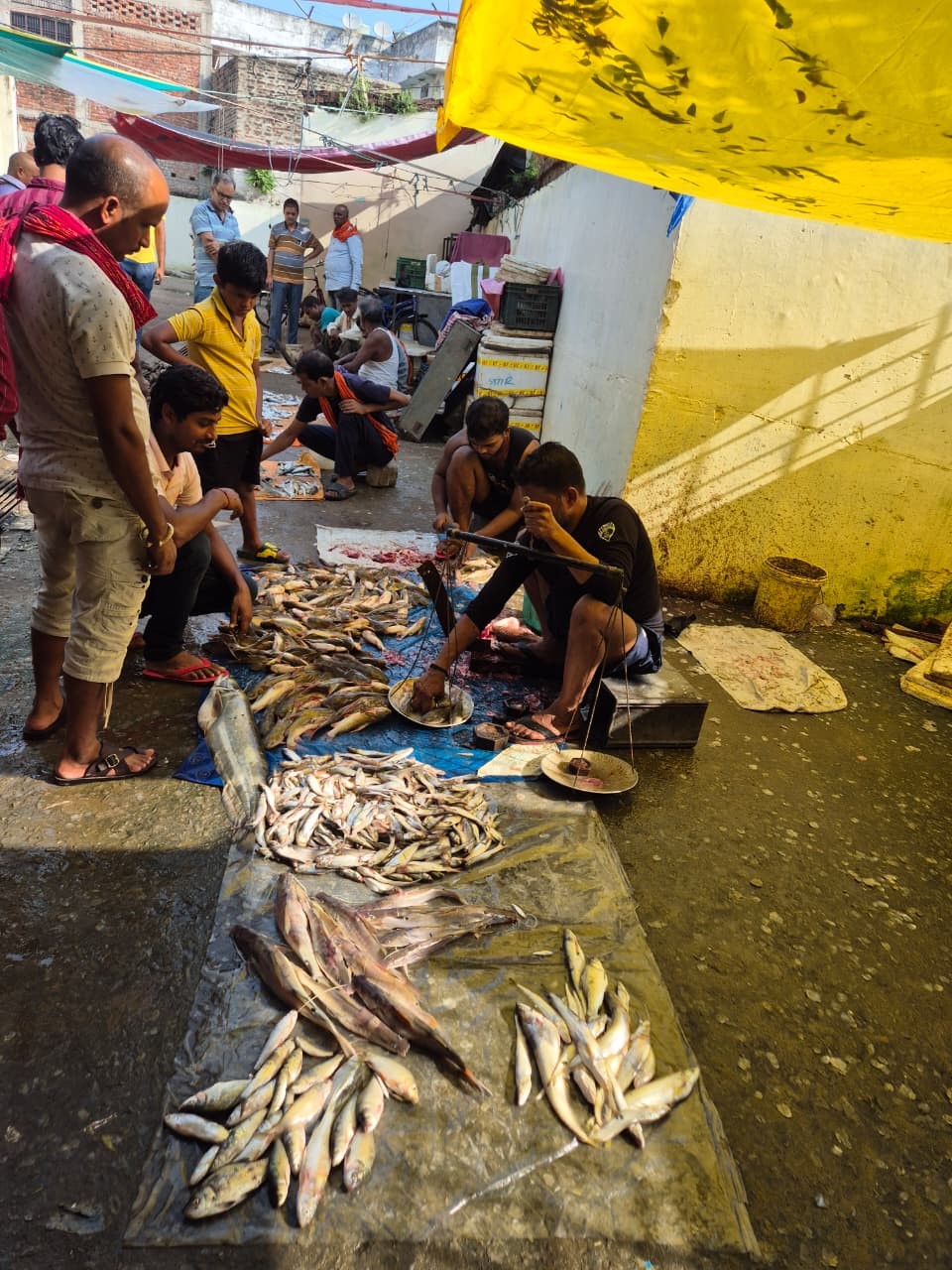
The main fishing gear observed throughout the survey comprised boat-operated lift nets, hook-and-line nets, and gill nets. These gears illustrate the dominant fishing techniques in the area, targeting various fish species and substantially supporting the livelihoods of riverine fishing communities.
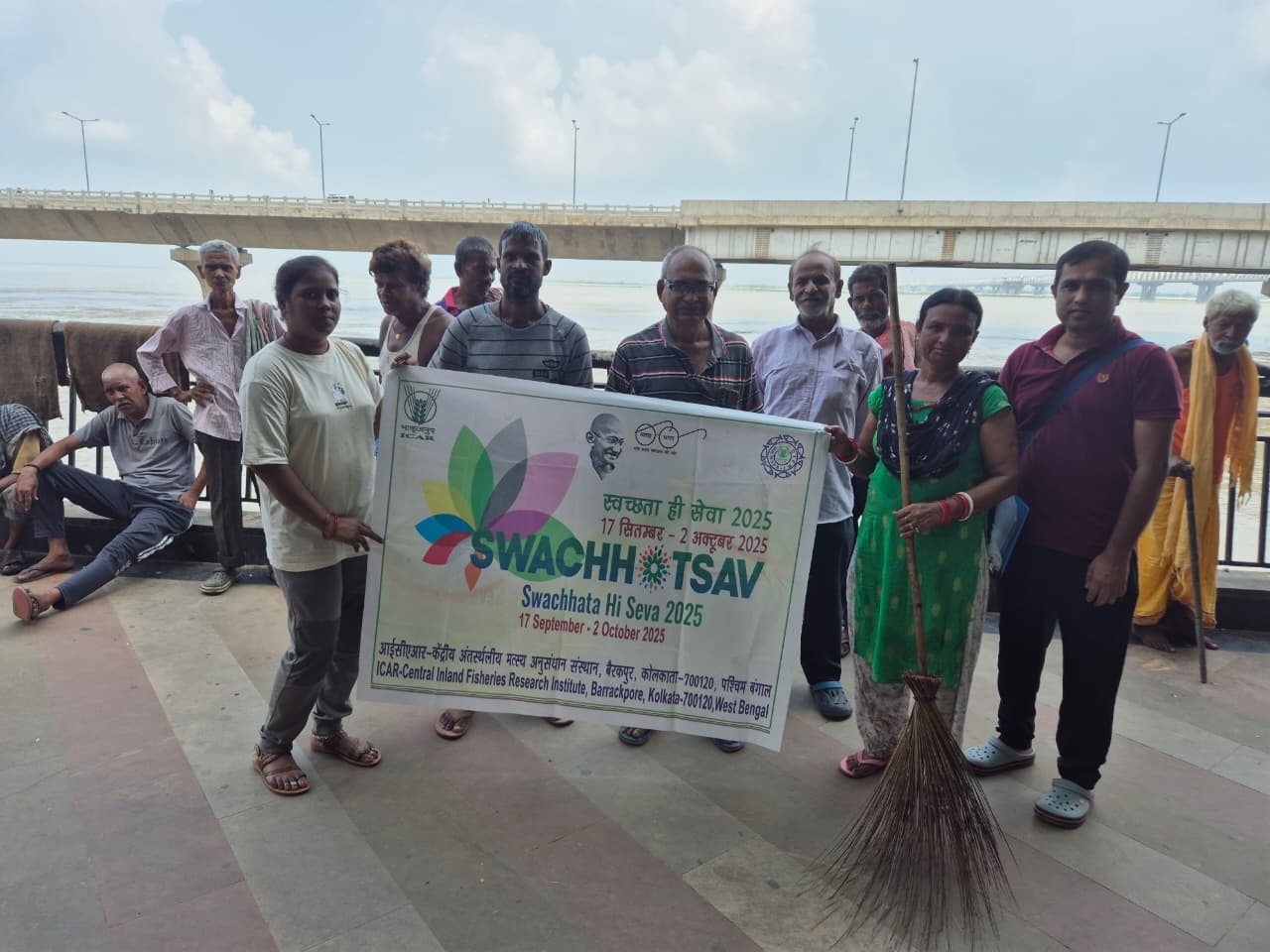
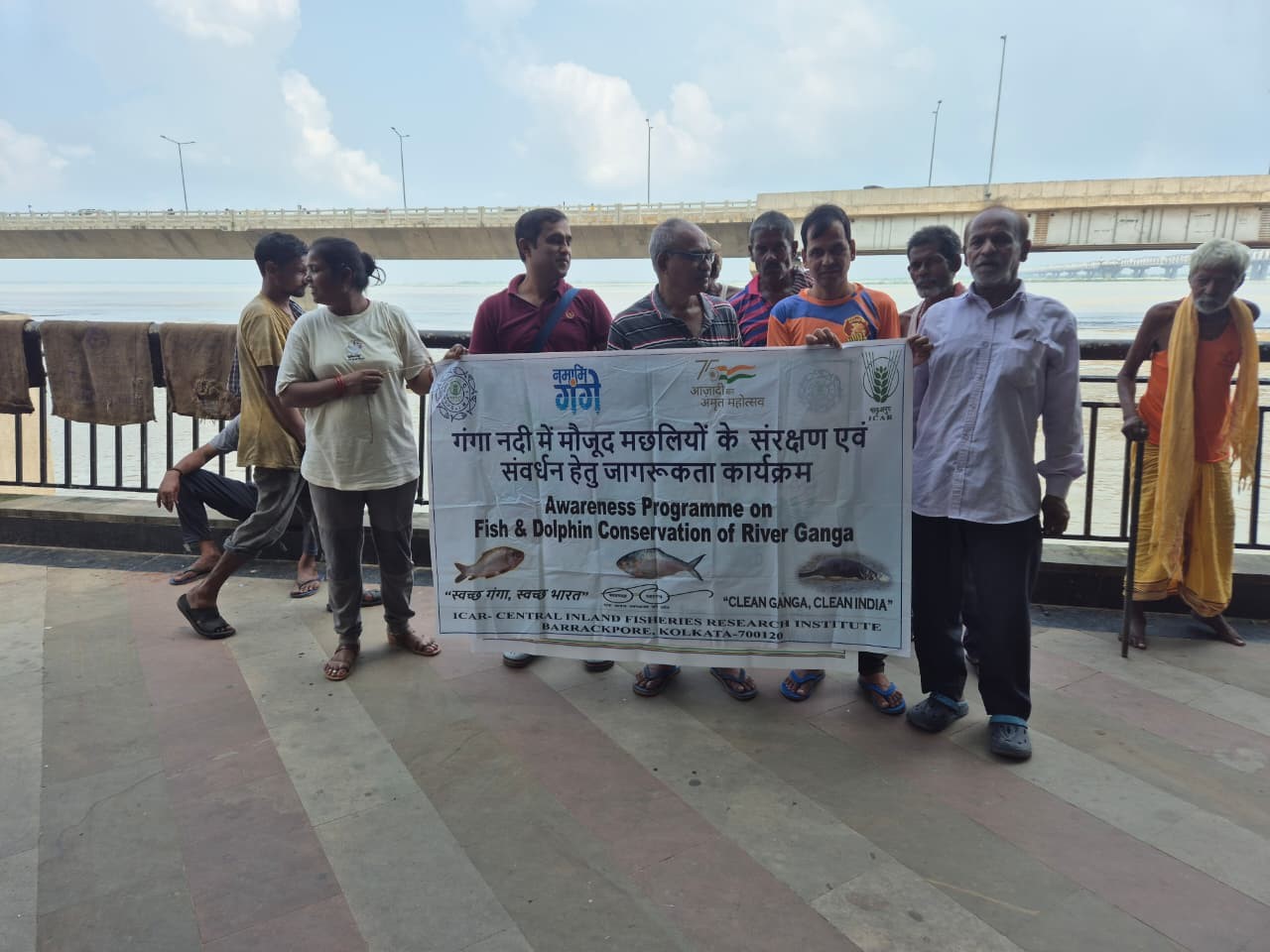
The team engaged with local fishermen and communities in Buxar and Patna while also performing scientific sampling. These encounters facilitated the documentation of indigenous knowledge concerning fish availability and migration patterns, while simultaneously raising awareness of sustainable fishing practices and the conservation of fish populations.
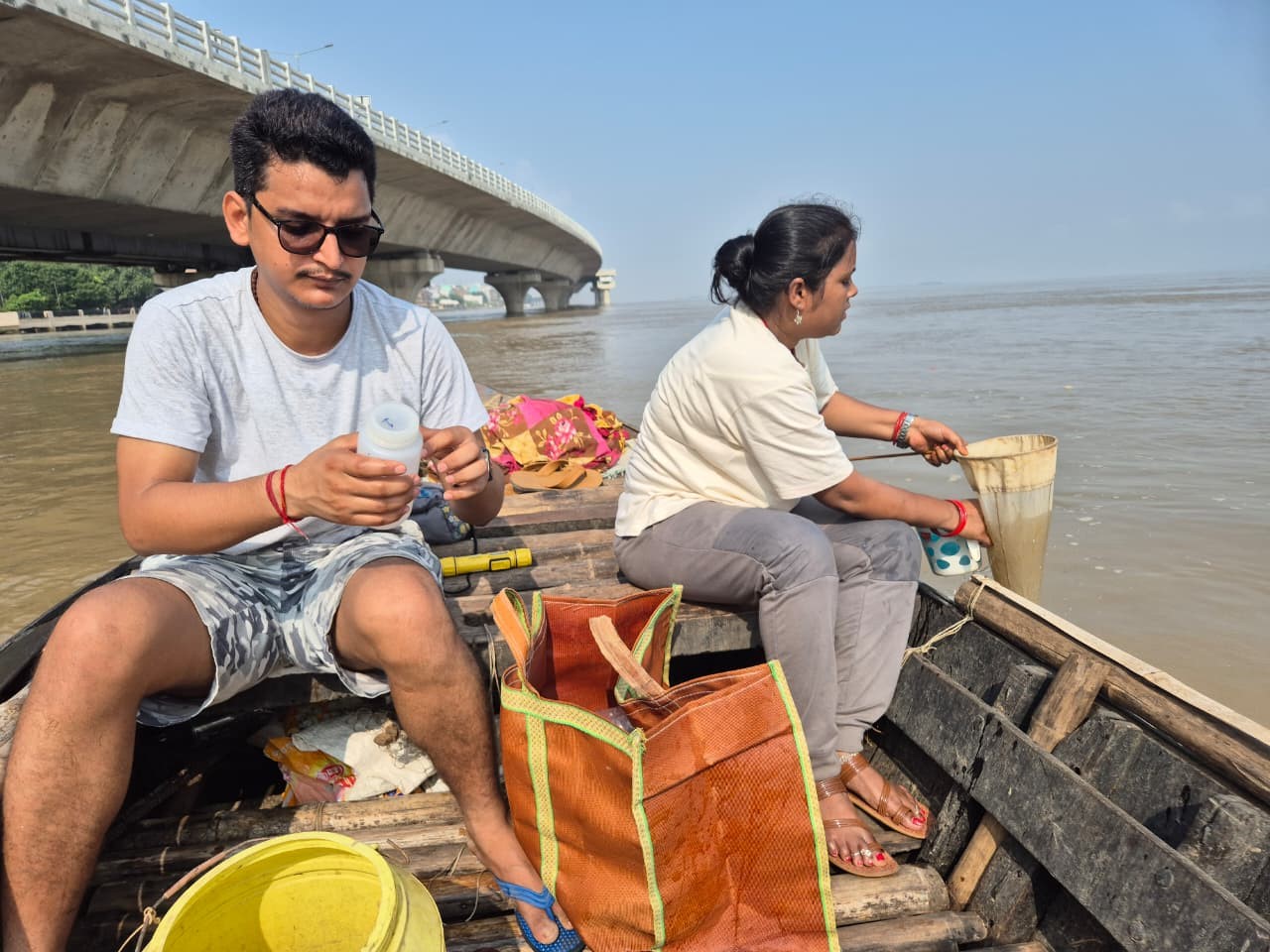
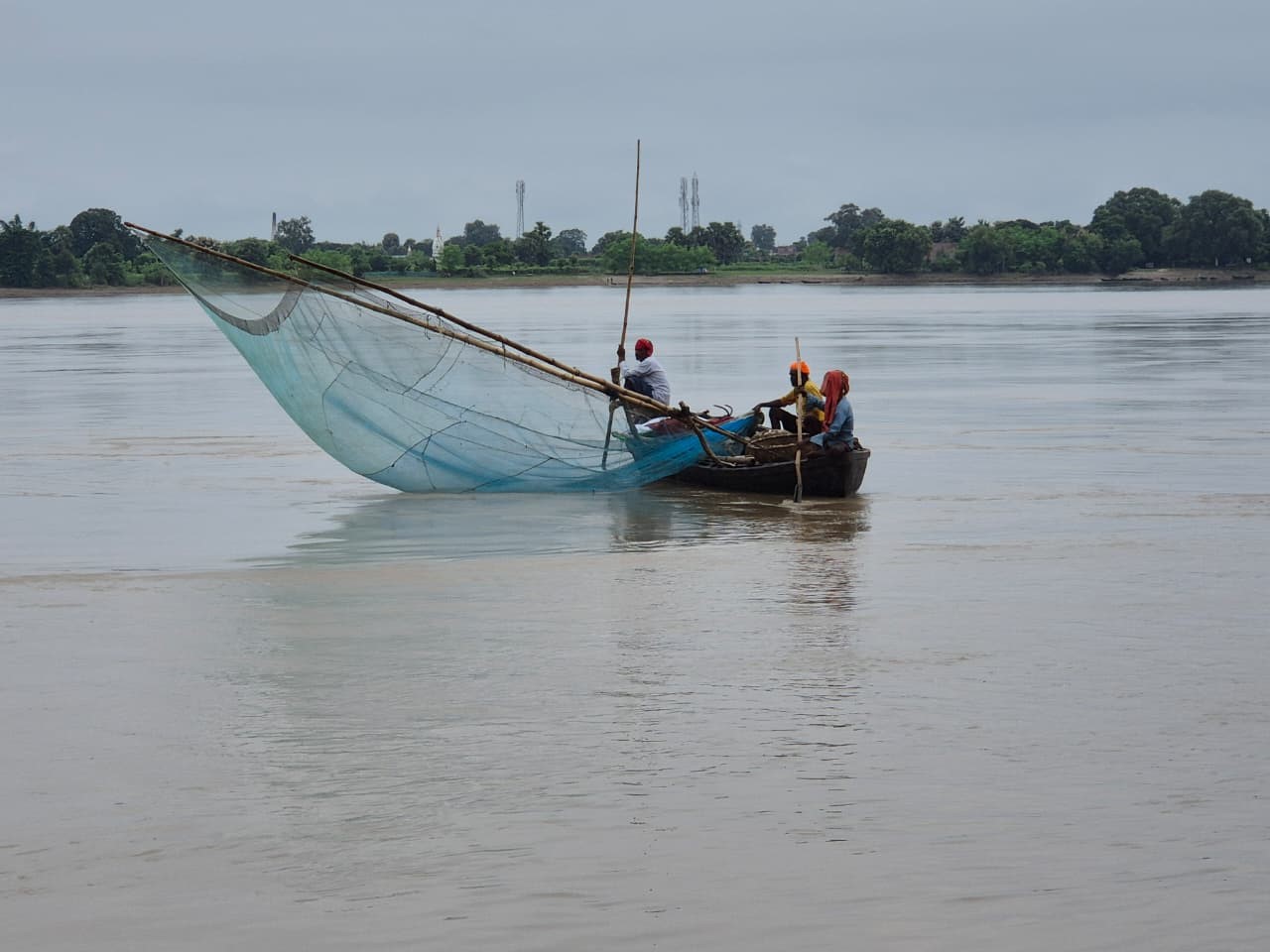
This scientific voyage underscores ICAR-CIFRI’s commitment to enhancing inland fisheries productivity, conserving India’s rich aquatic biodiversity, and ensuring livelihood security for riverine fishers in Bihar and beyond.
The overall programme was supervised by Dr. B. K. Das, Director, ICAR-CIFRI, Barrackpore, and led by Dr D. Bhakta with valuable support from NMCG scholars.

